Home>Gardening & Outdoor>Outdoor Recreation & Activities>How To Build A Swimming Pool With Bricks
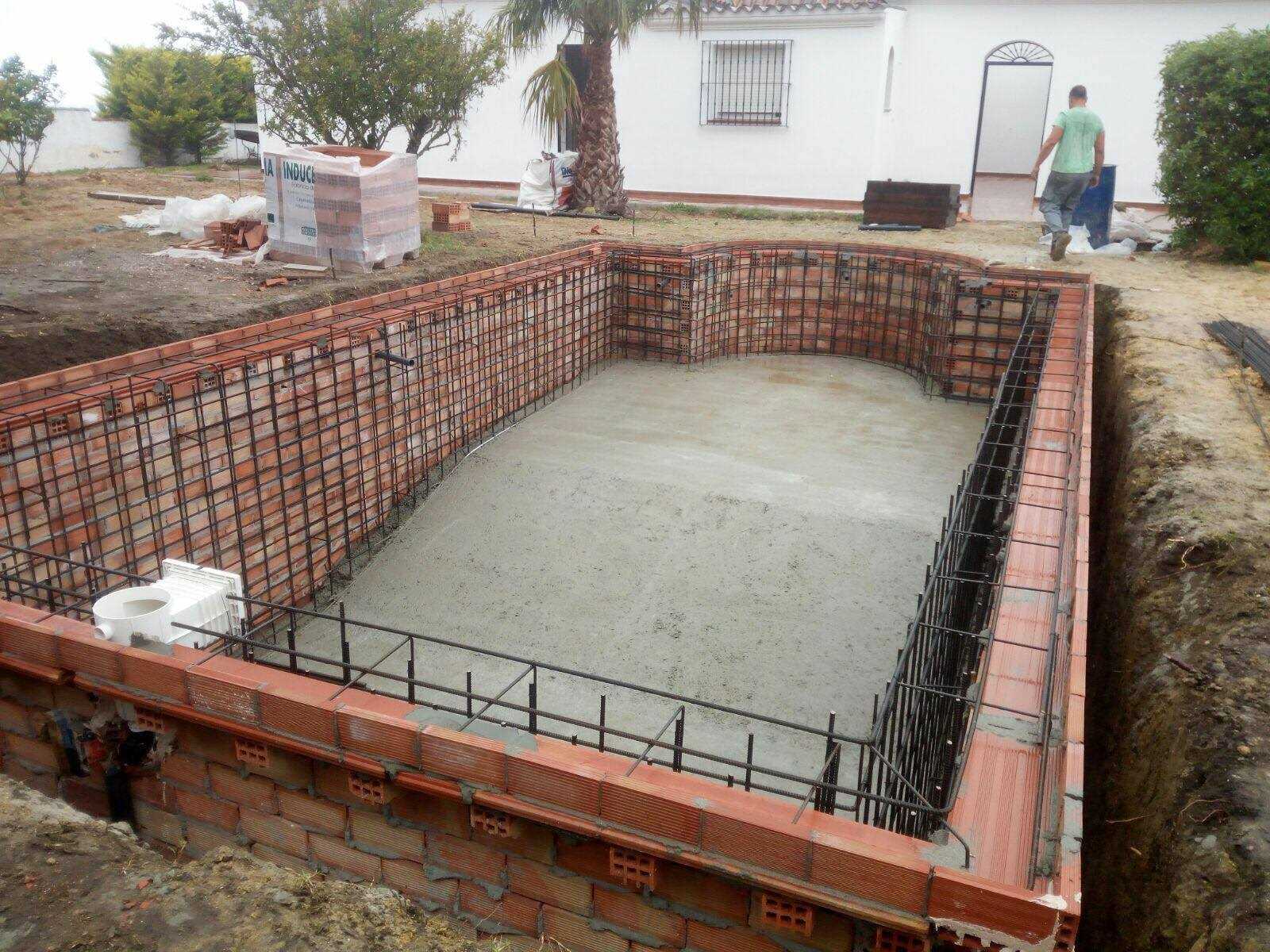

Outdoor Recreation & Activities
How To Build A Swimming Pool With Bricks
Modified: May 6, 2024
Learn how to create a stunning brick swimming pool for your outdoor recreation and activities. Discover step-by-step instructions and expert tips.
(Many of the links in this article redirect to a specific reviewed product. Your purchase of these products through affiliate links helps to generate commission for Storables.com, at no extra cost. Learn more)
Introduction
Building a swimming pool with bricks is a rewarding and fulfilling project that can transform your outdoor space into a luxurious oasis. Whether you're looking to enhance your property value, create a relaxing retreat, or simply enjoy the health benefits of swimming, a brick swimming pool offers timeless elegance and durability. By embarking on this endeavor, you have the opportunity to customize every aspect of the pool, from its size and shape to the surrounding landscaping, ensuring that it perfectly complements your lifestyle and aesthetic preferences.
Constructing a brick swimming pool requires careful planning, precise execution, and a keen eye for design. From selecting the ideal location to choosing the right materials and incorporating essential features, each step of the process contributes to the overall success of the project. By following a systematic approach and leveraging the expertise of professionals, you can create a stunning and functional pool that will be a source of enjoyment for years to come.
In the following sections, we will delve into the intricacies of building a brick swimming pool, providing comprehensive guidance on each phase of the construction process. From the initial planning and site preparation to the installation of essential components and the final aesthetic touches, this guide will equip you with the knowledge and insights needed to embark on this exciting venture. Whether you're a seasoned DIY enthusiast or enlisting the services of skilled contractors, the information presented here will serve as a valuable resource, empowering you to bring your vision of a brick swimming pool to life.
As we embark on this journey, it's important to approach the project with a sense of enthusiasm and dedication. Building a swimming pool with bricks is a labor of love, and the end result will be a testament to your creativity and commitment. So, let's dive into the world of brick swimming pool construction, where craftsmanship meets relaxation, and where the timeless allure of brickwork converges with the refreshing allure of a pristine pool.
Key Takeaways:
- Building a brick swimming pool requires meticulous planning, precise execution, and a keen eye for design. From assessing the space to integrating essential features, each step contributes to creating a stunning and functional pool that complements your lifestyle and aesthetic preferences.
- The construction of a brick swimming pool is a harmonious fusion of artistry, engineering, and lifestyle enhancement. It culminates in the creation of a captivating aquatic sanctuary within your outdoor space, reflecting your creativity, dedication to quality, and commitment to enhancing your lifestyle.
Read more: How Long To Build A Swimming Pool
Step 1: Planning and Design
The initial phase of building a brick swimming pool is perhaps the most crucial, as it sets the foundation for the entire project. During this stage, meticulous planning and thoughtful design considerations will shape the ultimate form and function of the pool. Here's a detailed look at the key aspects of planning and design:
1.1 Assessing the Space
Before diving into the specifics of pool design, it's essential to assess the available space. Consider the dimensions of your backyard or outdoor area, taking note of any existing structures, landscaping features, and potential obstacles. By understanding the spatial constraints and opportunities, you can determine the optimal size and shape of the pool, ensuring a harmonious integration with the surroundings.
1.2 Defining the Purpose
Next, consider the intended purpose of the pool. Are you envisioning a family-friendly space for recreation and entertainment, or a serene retreat for relaxation and fitness? Understanding the primary function of the pool will influence design decisions, such as depth, entry points, and additional features like waterfalls or integrated seating areas.
1.3 Style and Aesthetics
The aesthetic appeal of the pool is a significant consideration. Whether you prefer a classic, formal design with clean lines and symmetrical features, or a more naturalistic, freeform layout that mimics the contours of the landscape, the style of the pool should reflect your personal taste and complement the architectural character of your home.
Read more: How To Build A Swimming Pool Deck
1.4 Material Selection
Choosing bricks as the primary construction material for your pool not only imparts a timeless charm but also offers durability and versatility. Consider the various types, colors, and textures of bricks available, and envision how they will contribute to the overall aesthetic of the pool. Additionally, explore complementary materials for coping, decking, and landscaping elements to create a cohesive and visually appealing environment.
1.5 Regulatory Compliance
It's imperative to research and adhere to local building codes, zoning regulations, and permit requirements when planning a brick swimming pool. Engage with professionals or consult relevant authorities to ensure that the design and construction process aligns with all necessary legal and safety standards.
By meticulously addressing these aspects during the planning and design phase, you can lay a solid foundation for the construction of a brick swimming pool that seamlessly integrates with your outdoor space, fulfills your recreational aspirations, and exudes enduring elegance.
Step 2: Preparing the Site
Preparing the site for the construction of a brick swimming pool is a pivotal phase that demands meticulous attention to detail and thorough groundwork. This crucial step sets the stage for the structural integrity and long-term functionality of the pool, ensuring that the surrounding environment is primed for the upcoming construction activities.
2.1 Clearing and Excavation
The initial task in preparing the site involves clearing the designated area of any obstructions, vegetation, and debris. This process creates a clean canvas for the subsequent excavation. Careful consideration should be given to the removal of rocks, tree roots, and any underground utilities to prevent interference with the pool's foundation and plumbing.
Once the site is cleared, excavation commences to create the foundation and accommodate the pool's dimensions. The depth of the excavation will correspond to the planned depth of the pool, accounting for factors such as the water level, coping, and potential features like steps or benches.
Read more: How To Build A Swimming Pool Waterfall
2.2 Grading and Compaction
Following excavation, the site undergoes grading to establish a level and uniform base for the pool. Proper grading ensures optimal drainage and stability, mitigating the risk of uneven settling or water accumulation around the pool area. Subsequently, compaction of the soil is performed to enhance its load-bearing capacity, providing a solid and secure foundation for the pool structure.
2.3 Utility Connections
As part of site preparation, it is essential to address utility connections for water supply, electrical requirements, and potential gas lines for heating systems. Coordination with qualified professionals is imperative to ensure that these connections are strategically positioned and integrated seamlessly into the site, aligning with safety standards and local regulations.
2.4 Access and Safety Considerations
During site preparation, attention should also be directed towards establishing safe and convenient access routes for construction equipment and personnel. Additionally, temporary fencing or barriers may be erected to secure the site and prevent unauthorized entry, prioritizing safety throughout the construction process.
2.5 Environmental Impact Mitigation
Environmental considerations, such as erosion control measures and preservation of existing vegetation, should be integrated into the site preparation efforts. Implementing erosion control measures, such as silt fencing and sediment barriers, safeguards neighboring areas from soil runoff during construction, demonstrating a commitment to environmental stewardship.
By meticulously executing the site preparation phase, you lay a solid groundwork for the subsequent stages of building a brick swimming pool, ensuring that the construction progresses smoothly and the final result harmoniously integrates with its surroundings.
Read more: How To Build My Own Swimming Pool
Step 3: Laying the Foundation
Laying the foundation for a brick swimming pool is a critical phase that forms the structural backbone of the entire construction. The foundation serves as the base upon which the pool walls and floor will be built, providing stability, support, and resilience against external forces. This phase demands precision, adherence to engineering standards, and a meticulous approach to ensure the long-term integrity of the pool structure.
3.1 Excavation and Footings
The process of laying the foundation begins with excavating the designated area to the specified depth, accounting for the pool's dimensions and the necessary reinforcement. Once the excavation is completed, the next step involves creating footings, which are concrete structures that distribute the weight of the pool walls and floor evenly across the soil. The footings are strategically positioned along the perimeter of the pool, forming a stable base for the subsequent construction stages.
3.2 Reinforcement and Formwork
After the footings are in place, reinforcing steel bars, commonly known as rebar, are meticulously positioned within the footings and along the excavation walls. The rebar serves to enhance the structural strength of the foundation, providing resistance against potential shifting or settling. Additionally, formwork, typically constructed from wood or metal, is installed to define the shape and boundaries of the foundation, ensuring that the concrete is poured with precision and accuracy.
3.3 Concrete Pouring and Curing
With the reinforcement and formwork in position, the next step involves pouring concrete into the prepared foundation area. The concrete is carefully distributed and leveled to achieve uniform thickness and density, forming a solid base for the pool structure. Following the pouring process, the concrete undergoes a curing period, during which it gains strength and durability. Adequate curing is essential to prevent cracking and ensure the long-term stability of the foundation.
Read more: How To Cover A Swimming Pool
3.4 Plumbing and Electrical Integration
Simultaneously with the foundation work, plumbing and electrical conduits are integrated into the structure to accommodate the pool's filtration system, lighting, and any additional features requiring utility connections. Careful coordination is essential to ensure that the conduits are strategically positioned within the foundation, aligning with the planned layout of the pool and facilitating seamless installation of essential components in the subsequent phases.
3.5 Quality Assurance and Inspection
Throughout the foundation laying process, stringent quality assurance measures are implemented to verify the integrity and compliance of the constructed foundation. Inspections by qualified professionals are conducted to assess the concrete quality, reinforcement placement, and adherence to structural specifications. Any necessary adjustments or remedial actions are promptly addressed to uphold the highest standards of construction excellence.
By meticulously executing the foundation laying phase, you establish a robust and reliable base for the brick swimming pool, setting the stage for the subsequent stages of wall construction, plumbing installation, and the realization of your vision for a captivating and enduring aquatic retreat.
Step 4: Building the Walls
The construction of the walls marks a pivotal phase in the realization of a brick swimming pool, where the structural framework begins to take shape, and the defining contours of the pool emerge. Building the walls demands precision, craftsmanship, and a meticulous approach to ensure the seamless integration of the brickwork with the pool's design and functionality.
4.1 Masonry Expertise
The expertise of skilled masons is instrumental in executing the construction of the pool walls. These craftsmen possess a deep understanding of bricklaying techniques, mortar application, and structural alignment, enabling them to translate architectural plans into meticulously crafted walls that embody strength and aesthetic appeal.
Read more: How To Empty A Swimming Pool
4.2 Material Selection and Preparation
The selection of high-quality bricks is paramount to the durability and visual allure of the pool walls. Various types of bricks, such as clay bricks or concrete blocks, may be chosen based on their color, texture, and compatibility with the overall design scheme. Prior to laying the bricks, meticulous preparation of the mortar, ensuring the right consistency and adhesive properties, is essential to facilitate secure bonding and structural integrity.
4.3 Precision and Alignment
The process of laying the bricks demands precision and attention to detail, as each brick is meticulously positioned and aligned to achieve uniformity and structural stability. Masons meticulously apply mortar to the foundation and between the bricks, ensuring a secure bond and consistent spacing. The use of levels and string lines is integral to maintaining straight and plumb walls, adhering to the predetermined design specifications.
4.4 Integration of Structural Elements
During the wall construction, provisions for integrating structural elements, such as steps, benches, and alcoves, are meticulously incorporated. These features not only enhance the functionality of the pool but also contribute to its visual appeal, creating a seamless blend of form and utility within the brickwork.
4.5 Quality Assurance and Progress Monitoring
Throughout the construction of the walls, rigorous quality assurance measures are implemented to verify the structural integrity, alignment, and adherence to design standards. Regular monitoring of the construction progress ensures that any deviations or discrepancies are promptly addressed, maintaining the highest standards of craftsmanship and construction excellence.
Read more: How To Paint A Swimming Pool
4.6 Aesthetic Finishing
Upon completion of the wall construction, meticulous attention is directed towards the aesthetic finishing of the brickwork. Careful cleaning and detailing of the mortar joints, as well as the application of appropriate sealants or coatings, enhance the visual appeal and longevity of the walls, ensuring that they stand as enduring testaments to meticulous craftsmanship and timeless elegance.
By meticulously executing the construction of the walls, you bring the vision of a brick swimming pool closer to fruition, where the artistry of masonry converges with the promise of relaxation and enjoyment, creating a captivating aquatic sanctuary within your outdoor space.
Step 5: Installing the Plumbing and Filtration System
The installation of the plumbing and filtration system is a pivotal phase in the construction of a brick swimming pool, as it ensures the functionality, cleanliness, and circulation of the water, contributing to a pristine and enjoyable aquatic environment. This phase demands meticulous planning, precise execution, and adherence to industry standards to integrate essential components seamlessly into the pool structure.
5.1 Hydraulic Design and Layout
The first step in installing the plumbing and filtration system involves the hydraulic design and layout, where the circulation, filtration, and water treatment components are strategically positioned to optimize water flow and quality. This entails determining the ideal placement of skimmers, drains, return lines, and inlets to facilitate efficient water circulation and debris removal, ensuring a hygienic and inviting swimming experience.
5.2 Filtration Equipment Integration
The integration of filtration equipment, such as sand filters, cartridge filters, or diatomaceous earth (DE) filters, is meticulously carried out to effectively remove impurities and contaminants from the pool water. The selection of appropriate filtration systems, based on the pool size and anticipated usage, is crucial to maintaining crystal-clear water and safeguarding the overall integrity of the pool environment.
Read more: How To Design A Swimming Pool
5.3 Plumbing Network Installation
The installation of the plumbing network encompasses the precise laying of PVC or CPVC pipes to connect the pool components, filtration equipment, and circulation system. Skilled professionals meticulously assemble and secure the plumbing network, ensuring watertight seals, proper sizing, and strategic routing to optimize water flow and minimize energy consumption.
5.4 Integration of Water Treatment Systems
Incorporating water treatment systems, such as chlorinators, UV sterilizers, or ozone generators, is essential to maintain water hygiene and purity. These systems are seamlessly integrated into the plumbing network, providing continuous disinfection and sanitation to uphold water quality and ensure a safe and enjoyable swimming environment.
5.5 Automation and Control Integration
The integration of automation and control systems, including timers, valves, and digital interfaces, enhances the operational efficiency and convenience of the plumbing and filtration setup. Automation allows for programmed filtration cycles, temperature regulation, and remote monitoring, empowering pool owners to manage water quality and energy usage with ease.
5.6 Quality Assurance and Testing
Rigorous quality assurance measures, including pressure testing, flow rate verification, and leak detection, are conducted to validate the integrity and functionality of the installed plumbing and filtration system. Thorough testing ensures that the system operates seamlessly, delivering optimal water circulation, filtration efficiency, and overall performance.
By meticulously executing the installation of the plumbing and filtration system, you establish the essential infrastructure that sustains the cleanliness, clarity, and functionality of the pool water, ensuring a refreshing and inviting aquatic haven within your outdoor space.
Read more: How Long Is A Swimming Pool
Step 6: Adding the Finishing Touches
The culmination of the brick swimming pool construction journey involves the meticulous addition of finishing touches, where the convergence of aesthetics, functionality, and attention to detail elevates the pool to a realm of timeless allure and captivating charm. This phase encompasses a range of essential elements that contribute to the overall visual appeal, comfort, and operational finesse of the pool, ensuring that it stands as a testament to meticulous craftsmanship and enduring elegance.
6.1 Coping and Decking
The selection and installation of coping, the material that borders the pool's edge, and decking, the surrounding surface, play a pivotal role in defining the pool's aesthetic and functional character. Whether opting for natural stone, pavers, or concrete, the choice of coping material should harmonize with the pool's design, provide a comfortable edge for swimmers, and facilitate seamless integration with the surrounding landscape.
6.2 Water Features and Lighting
The incorporation of water features, such as cascading waterfalls, fountains, or bubblers, infuses the pool environment with a sense of tranquility and visual allure. Additionally, strategic placement of underwater and perimeter lighting enhances the pool's ambiance, extending its usability into the evening hours and creating a captivating visual spectacle.
6.3 Landscaping and Greenery
The strategic integration of landscaping elements, such as lush foliage, ornamental plants, and hardscape features, complements the pool's surroundings, creating a harmonious and inviting outdoor oasis. Thoughtful placement of trees, shrubs, and decorative elements enhances privacy, provides shade, and contributes to the overall aesthetic cohesion of the pool area.
Read more: How To Draw A Swimming Pool
6.4 Safety and Comfort Features
Incorporating safety elements, such as non-slip surfacing, handrails, and pool covers, prioritizes the well-being of pool users and underscores the commitment to a secure and enjoyable aquatic environment. Additionally, the provision of comfortable seating, shade structures, and outdoor amenities enhances the poolside experience, ensuring that it caters to both relaxation and recreation.
6.5 Final Inspection and Quality Assurance
Upon the completion of the finishing touches, a comprehensive inspection and quality assurance process are conducted to verify the integrity, functionality, and compliance of the entire pool structure. This meticulous assessment ensures that all components, from the aesthetic embellishments to the operational systems, align with the highest standards of construction excellence and craftsmanship.
By meticulously attending to the finishing touches, the brick swimming pool evolves into a captivating and inviting focal point within the outdoor space, where the seamless integration of design elements, operational finesse, and aesthetic allure converges to create a timeless aquatic sanctuary.
Conclusion
As we conclude this comprehensive guide to building a swimming pool with bricks, it's essential to reflect on the journey we've embarked upon and the transformative potential inherent in this endeavor. The construction of a brick swimming pool represents a harmonious fusion of artistry, engineering, and lifestyle enhancement, culminating in the creation of a captivating aquatic sanctuary within your outdoor space.
Throughout the meticulous planning and design phase, you've envisioned the perfect embodiment of elegance and functionality, considering every detail from the spatial integration to the aesthetic nuances. The careful site preparation and foundation laying have laid the groundwork for a structurally sound and enduring pool, ensuring that it seamlessly integrates with its surroundings and stands as a testament to meticulous craftsmanship.
The construction of the walls and the installation of the plumbing and filtration system have brought the pool to life, infusing it with structural integrity, operational finesse, and the promise of pristine water quality. The addition of finishing touches, from coping and decking to water features and landscaping, has elevated the pool to a realm of timeless allure, where every element harmonizes to create an inviting and captivating environment.
As you stand at the culmination of this transformative journey, you're not merely witnessing the completion of a construction project; you're witnessing the realization of a vision, the manifestation of a dream. Your brick swimming pool is more than a functional amenity; it's a reflection of your creativity, your dedication to quality, and your commitment to enhancing your lifestyle.
In the ripple of the water, the warmth of the sun on the coping, and the laughter of loved ones enjoying the poolside, you'll find the true essence of this endeavor. It's a testament to the joy of relaxation, the delight of recreation, and the enduring allure of craftsmanship. Your brick swimming pool is a canvas upon which memories will be painted, experiences will be cherished, and the simple pleasures of life will find a timeless setting.
As you embark on this journey, may the guidance provided in this comprehensive guide serve as a source of inspiration, empowerment, and knowledge. Whether you're a seasoned DIY enthusiast or collaborating with skilled professionals, may the construction of your brick swimming pool be a fulfilling and rewarding experience, where every brick laid and every detail attended to becomes a part of a legacy that transcends generations.
In the tranquil embrace of the water, amidst the elegance of the brickwork, and within the vibrant tapestry of your outdoor space, your swimming pool stands as a testament to the enduring allure of craftsmanship and the timeless joy of aquatic leisure.
Now that you've got the know-how to construct a brick swimming pool, why not turn your attention to sprucing up your outdoor area? If you're keen on creating a charming spot for relaxation and entertainment, our guide on pretty outdoor living spaces will surely inspire. From cozy seating arrangements to elegant garden features, find ideas that transform any ordinary backyard into a delightful retreat for family and friends.
Frequently Asked Questions about How To Build A Swimming Pool With Bricks
Was this page helpful?
At Storables.com, we guarantee accurate and reliable information. Our content, validated by Expert Board Contributors, is crafted following stringent Editorial Policies. We're committed to providing you with well-researched, expert-backed insights for all your informational needs.
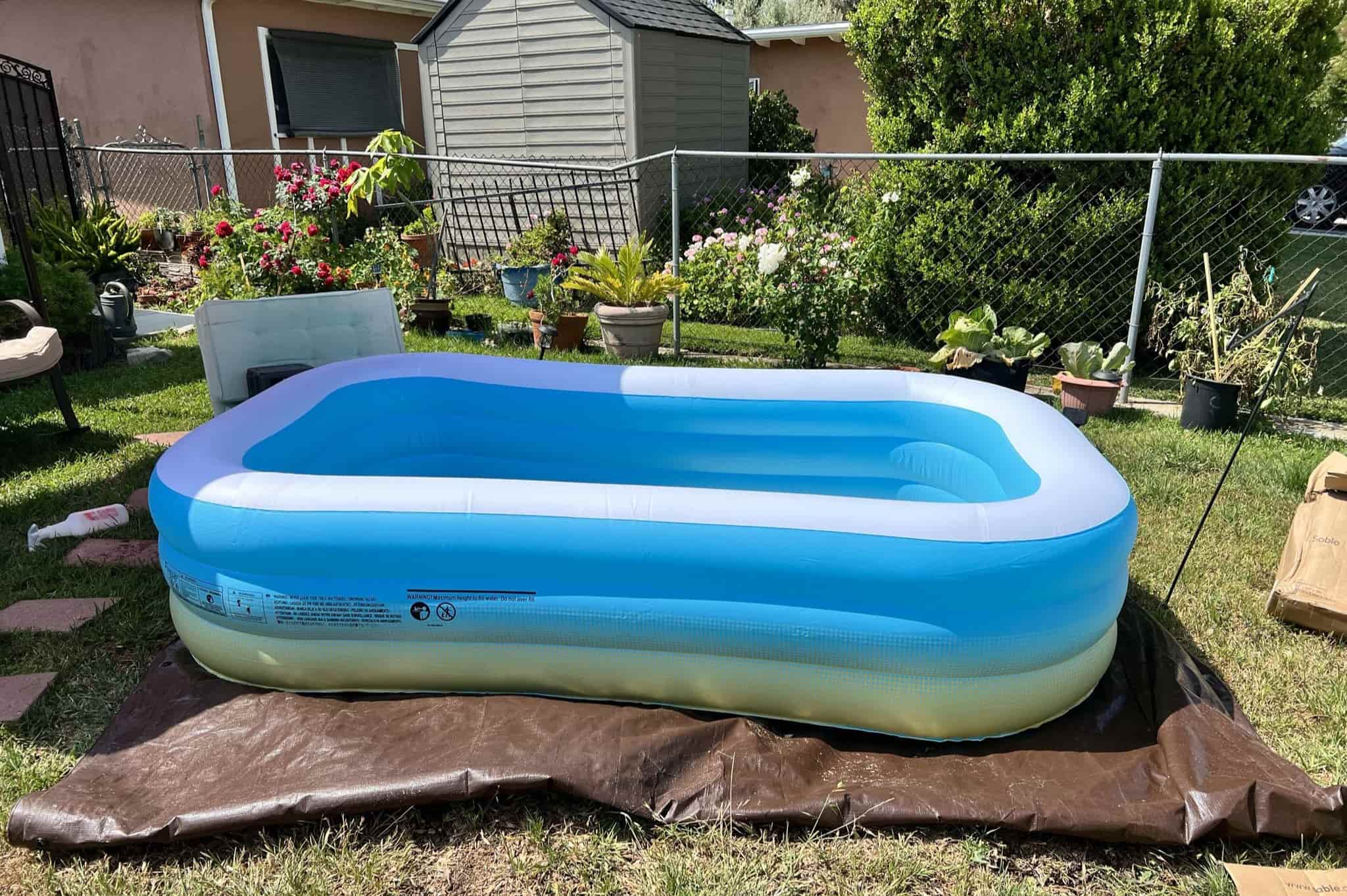
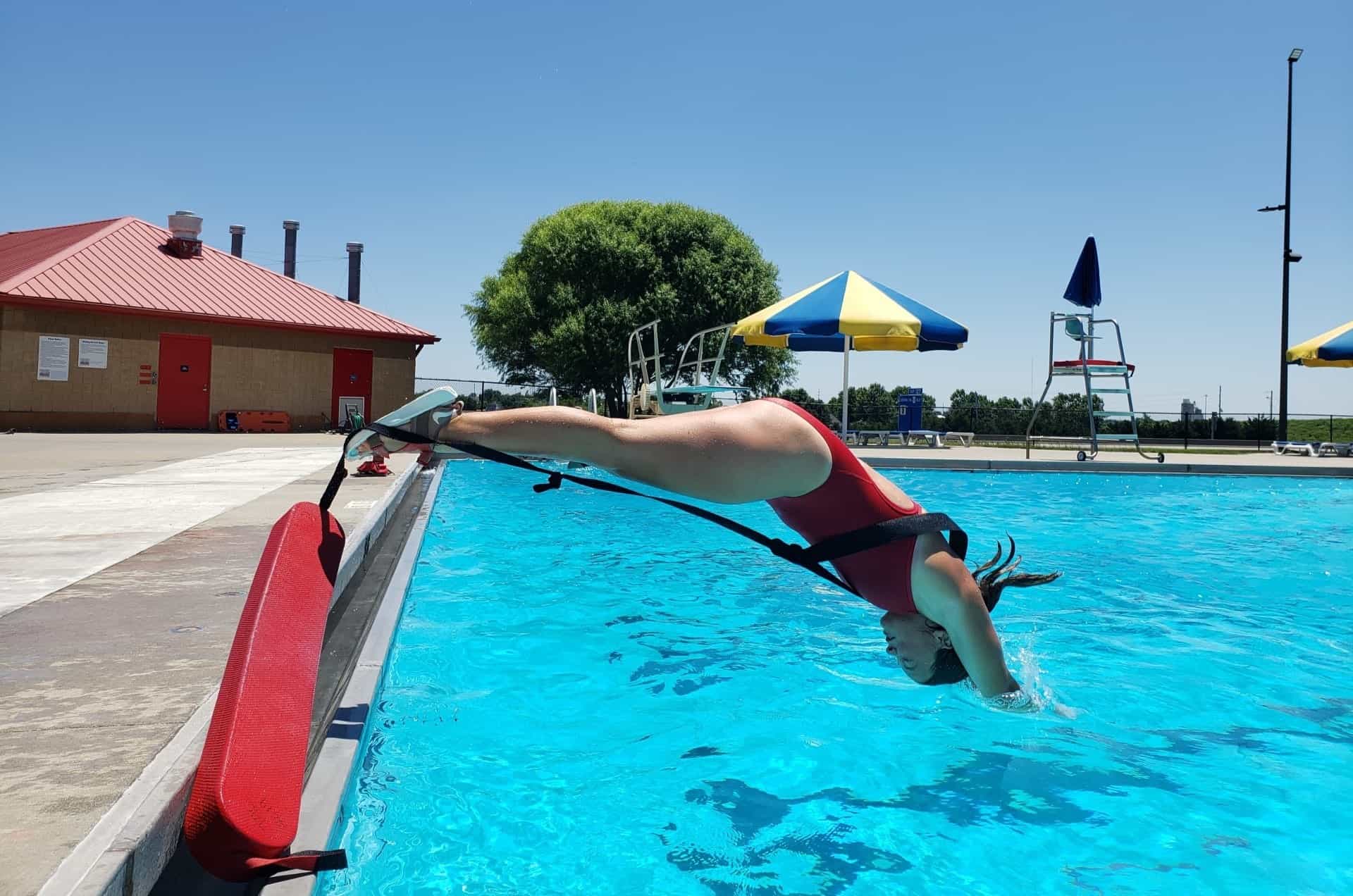
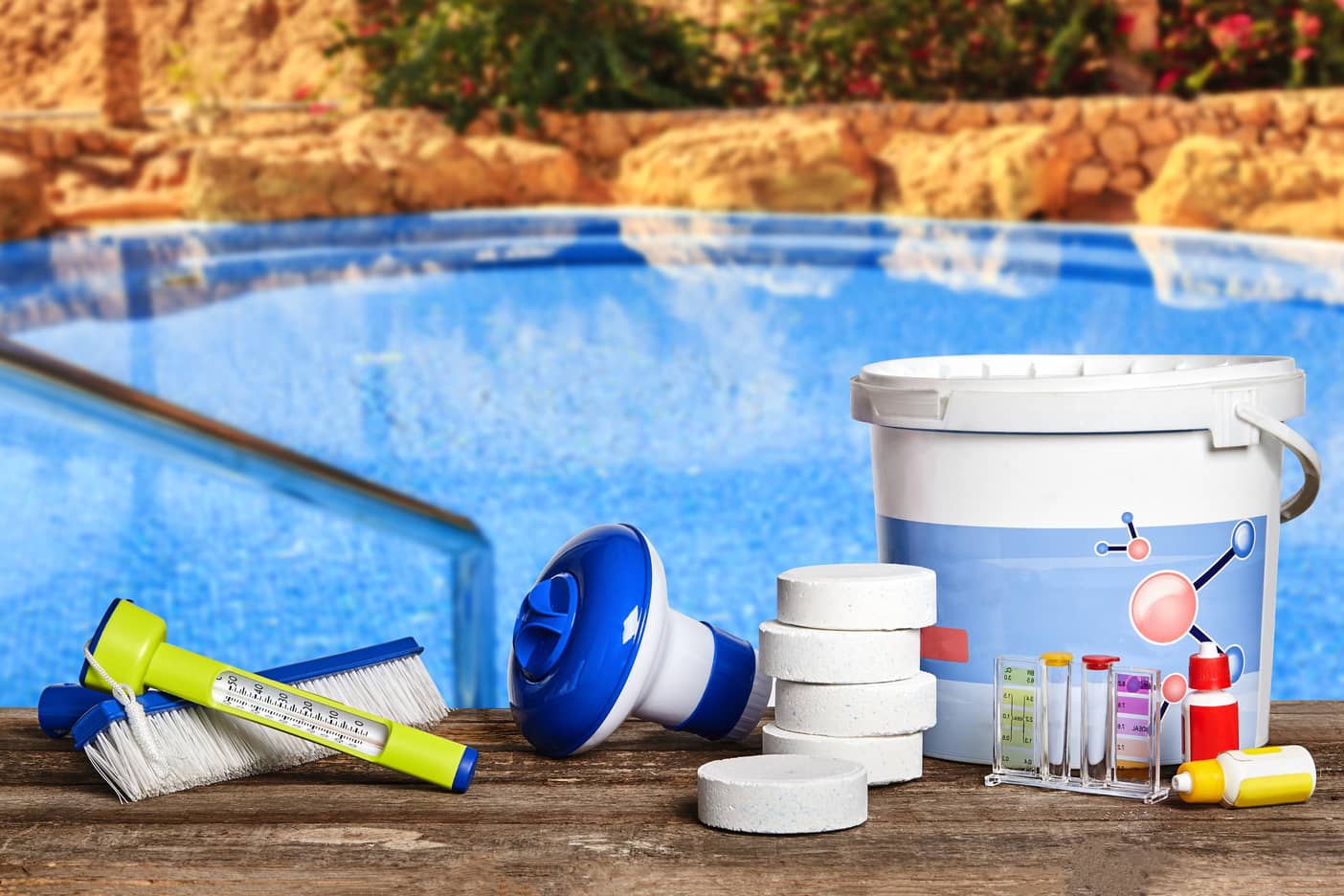
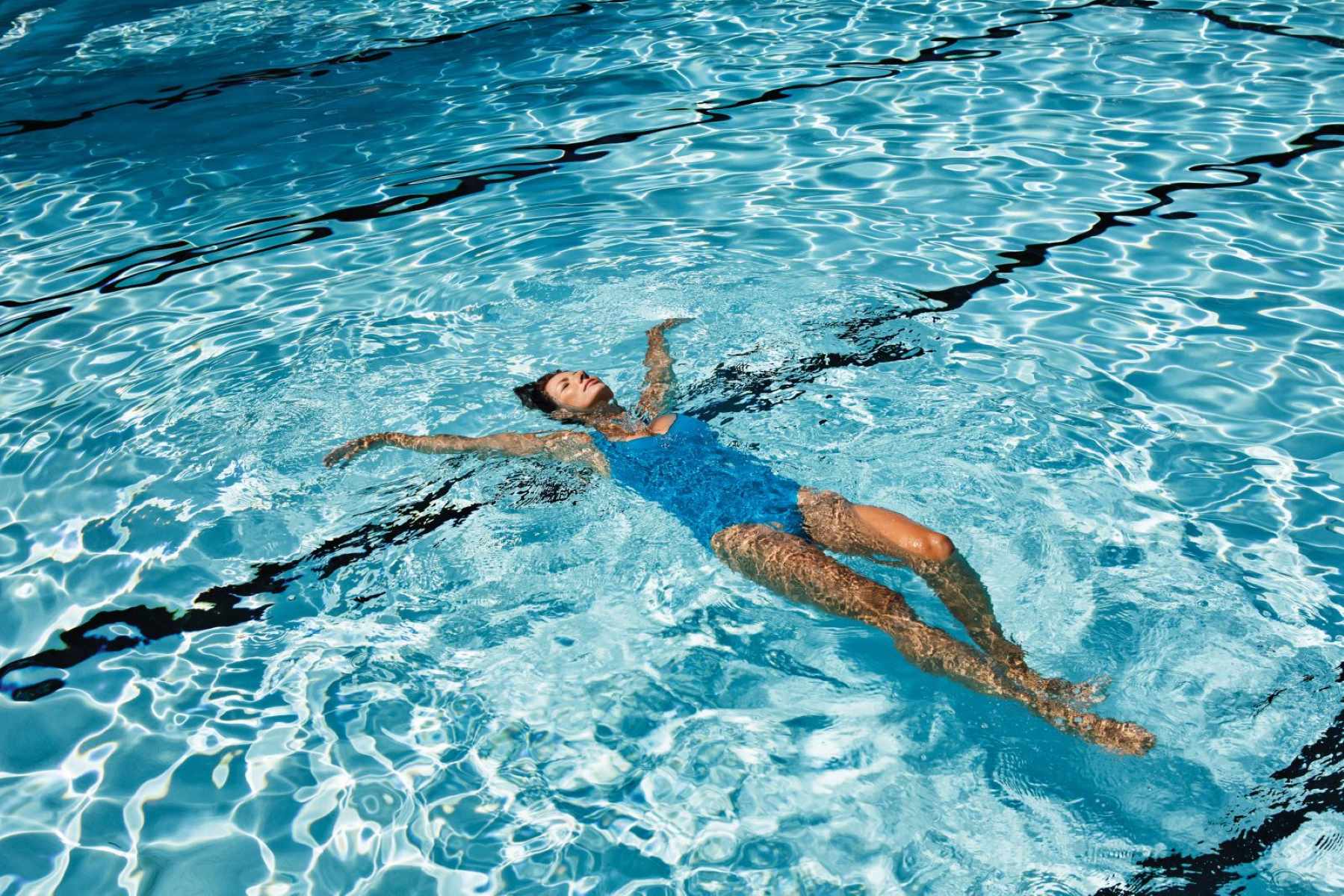
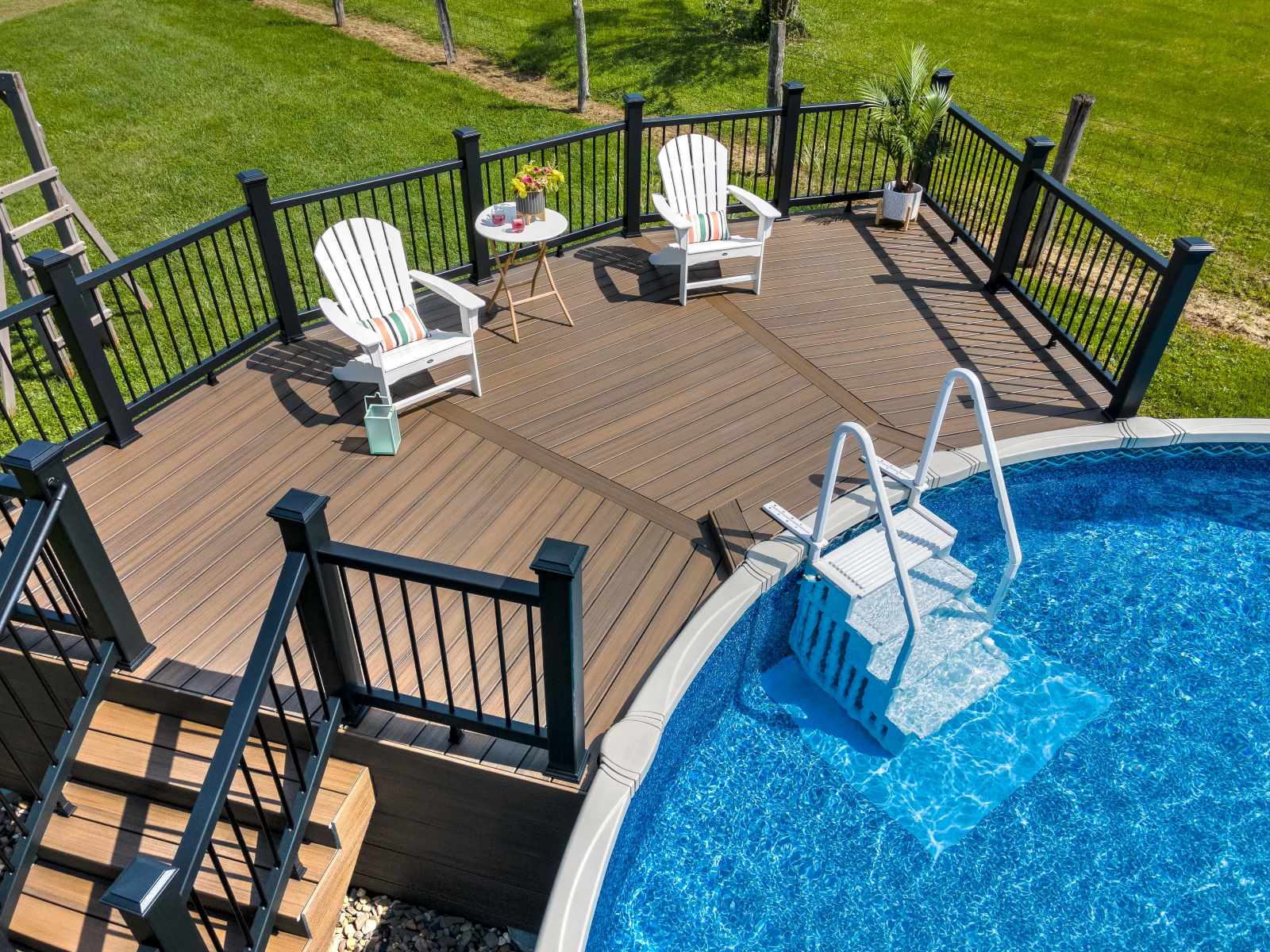
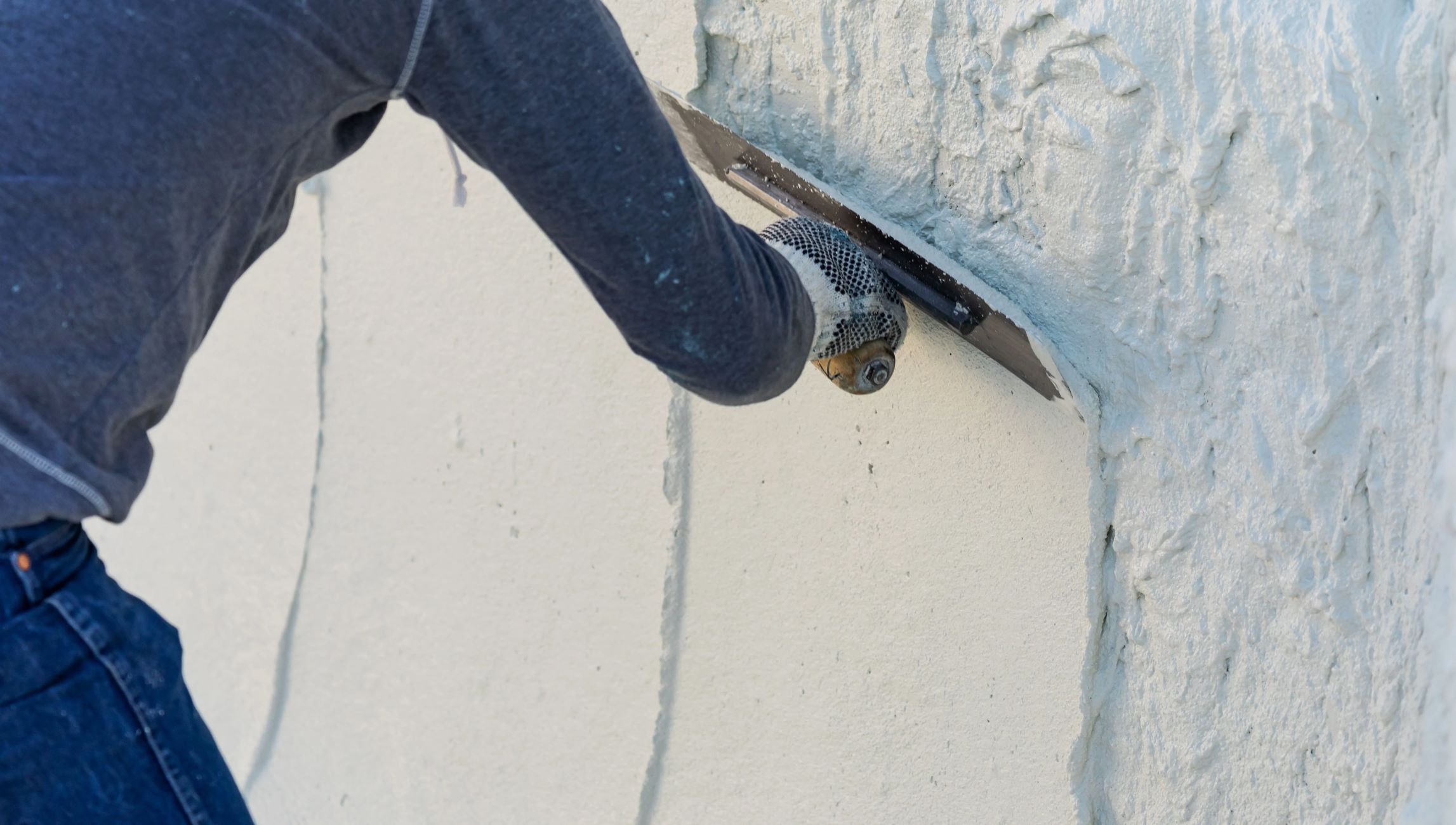

0 thoughts on “How To Build A Swimming Pool With Bricks”